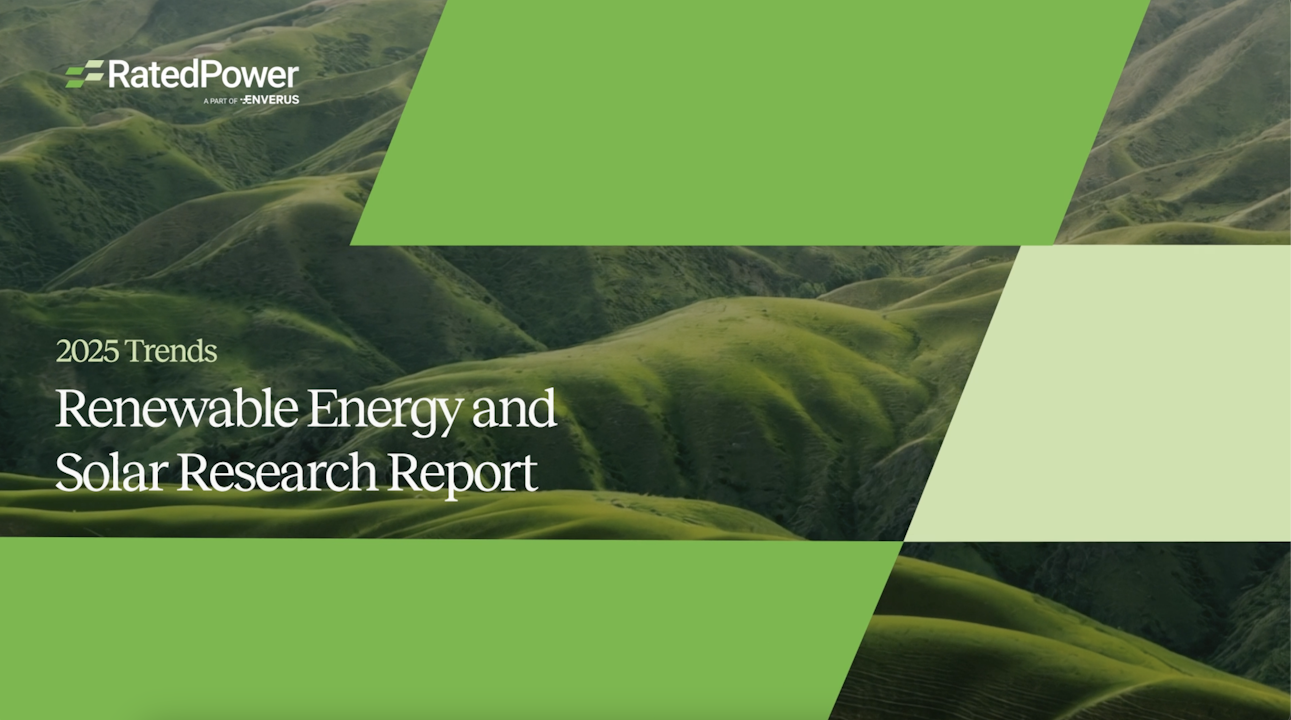- Solar energy blog
- Renewable Energy Trends: A Summary of Our 2025 Solar Research Report
Renewable Energy Trends: A Summary of Our 2025 Solar Research Report
Discover the challenges and trends in our 2025 Renewable Energy and Solar Research Report built around an industry survey and RatedPower platform statistics.
In this blog, we’ll briefly overview the emerging trends reported by solar and renewable experts in our recent Trends Report 2025 and what these trends mean for the broader industry. Read on to find out more!


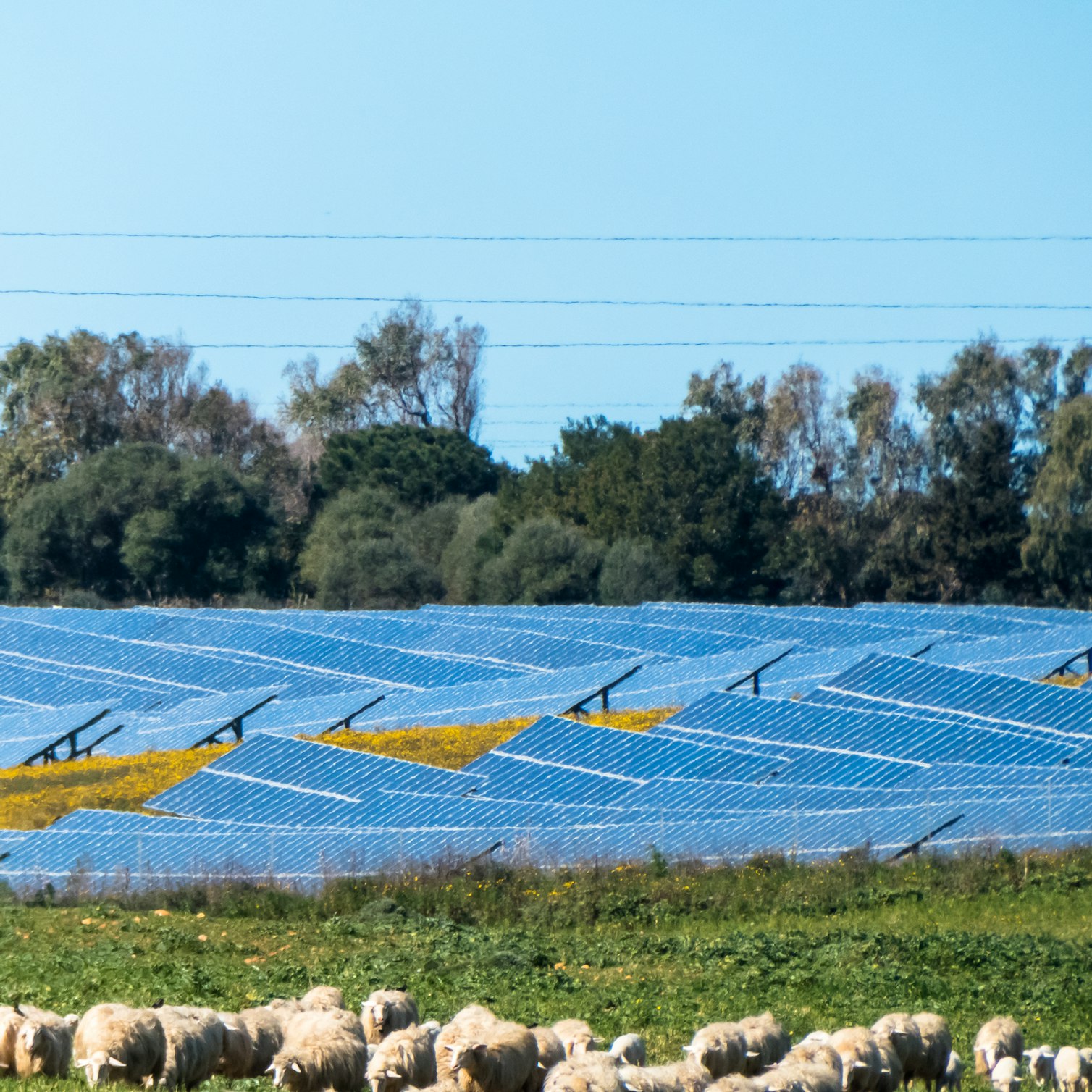
Content
With $2 trillion now flowing into clean technologies (outpacing fossil fuel investments by a factor of two), renewables are growing exponentially. Clean energy development is becoming increasingly important as emerging trends, regulatory changes, and market demands shape the sector.
Amid this growth, there are both challenges and opportunities. In a bid to make sense of these, we’ve created a report that extracted the most pressing trends from an industry survey and key stats from the RatedPower platform to help ascertain their broader implications on the green energy sector.
This blog will give a snapshot of some key takeaways from the 2025 Renewable Energy and Solar Research Report.
About the survey
We consulted with 143 solar, wind, and storage professionals to solicit their perspectives on the future of renewable energy. Their diverse backgrounds gave us a well-rounded view of the industry’s advancements and challenges. Here’s what we found out:
Key trends
Grid saturation and instability
Consistent with the Trends Report from the last few years, grid saturation and instability remain at the top of the list of challenges facing the renewable industry.
Although there has been a 7% annual increase in global investment, delayed interconnection requests and aging infrastructure continue to create bottlenecks. For example, many European grid systems are over 40 years old and require immediate updates to handle the expected 60% surge in electricity use by 2030.
How can we improve grid saturation in the clean energy transition? Download this free eBook and find out.
Permits and regulation
Permitting and regulatory compliance have shown modest improvement. Due to better regulatory environments, India and China have notably improved their Energy Transition Index scores.
Lack of government incentives
Since 2020, governments globally have committed 2 trillion in direct investment to subsidize clean energy. Around 80% of clean energy investment is concentrated in just three places: China, the EU, and the US. This imbalance has raised concerns about equitable global access to clean energy.
Lack of skilled personnel
The renewable sector has addressed talent shortages through enhanced training and recruitment programs, but these efforts need to be ramped up to keep up with industry demands. Analysts estimate that the industry needs to triple its workforce by 2030 to about 38 million. Additionally, the rapid expansion of clean energy jobs, driven by increased investments in domestic manufacturing and regulative initiatives, underscores the urgent need for more skilled personnel to support this growth.
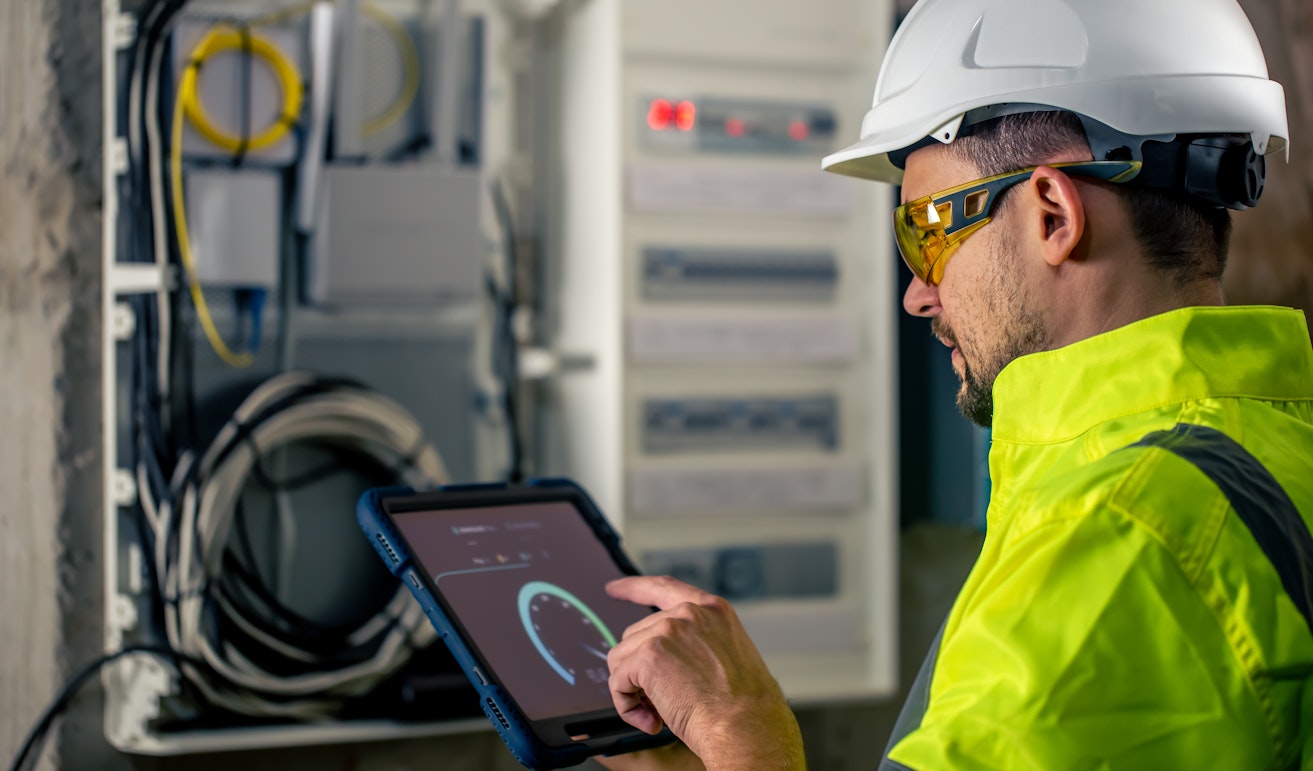
Does this callenge resonate with you? Take a look at this handy guide for hiring solar PV engineers we prepared for you.
Increased costs
Concerns about rising costs are waning as solar module prices drop by 35% and battery components become cheaper by 30% to 50%. However, many renewable professionals are still wary of future price volatility. Higher interest rates in some markets are also affecting the clean energy industry by increasing project costs, making investments more sensitive to borrowing costs.
Land availability
Finding renewable land projects remains difficult, especially in tightly regulated areas where regulation often slows development. G20 countries have over 30 million km² of land available for solar and wind, but current land-use legislation limits access to these areas. That said, there has been a rise in other agri-PV, offshore wind, and floating solar, making the most of limited land availability.
Trends from industry professionals
Confidence in the future of the renewables market
The renewable energy sector is optimistic. Over 93% of respondents expressed high confidence in its trajectory, with 60.1% giving a top rating of 5 and 33.6% rating it a 4.
This confidence is bolstered by the increasing renewable energy capacity, driven by significant contributions from solar energy and supported by policy changes and climate leadership.
Countries with the highest potential for 2025
Survey participants pinpoint several countries as growth hotspots for 2025.
The United States takes the lead, with 53.1% of respondents recognizing its potential, followed closely by China at 45.5% and Australia at 35%. It is necessary to note that many of the responses were submitted before it was confirmed that there would be a change in the US administration.
Brazil and India are also climbing the ranks, with 29.4% and 28% of participants acknowledging their growth potential, respectively.
Emerging markets like Morocco in North Africa, Peru and Ecuador in South America, and the Balkans are likewise drawing attention.
Looking forward, 48.3% of industry experts predict that energy storage will dominate as the top growth area over the next five years because it is essential in stabilizing the intermittent nature of renewables.
Other focus areas include solar (30.8%) along with green hydrogen (9.8%), which is seen as a key decarbonization tool for heavy industries.
Key trends steering the market
Storage technologies (BESS)
Respondents believe that BESS accessibility will improve if the industry focuses on researching and developing alternative materials. They also advocate for sustainable raw material sourcing and urge the industry to find new ways to extend storage system lifespans to drive environmental and economic benefits.
If batteries peak your interest, find out which are the best BESS alternatives to lithium with this ebook.
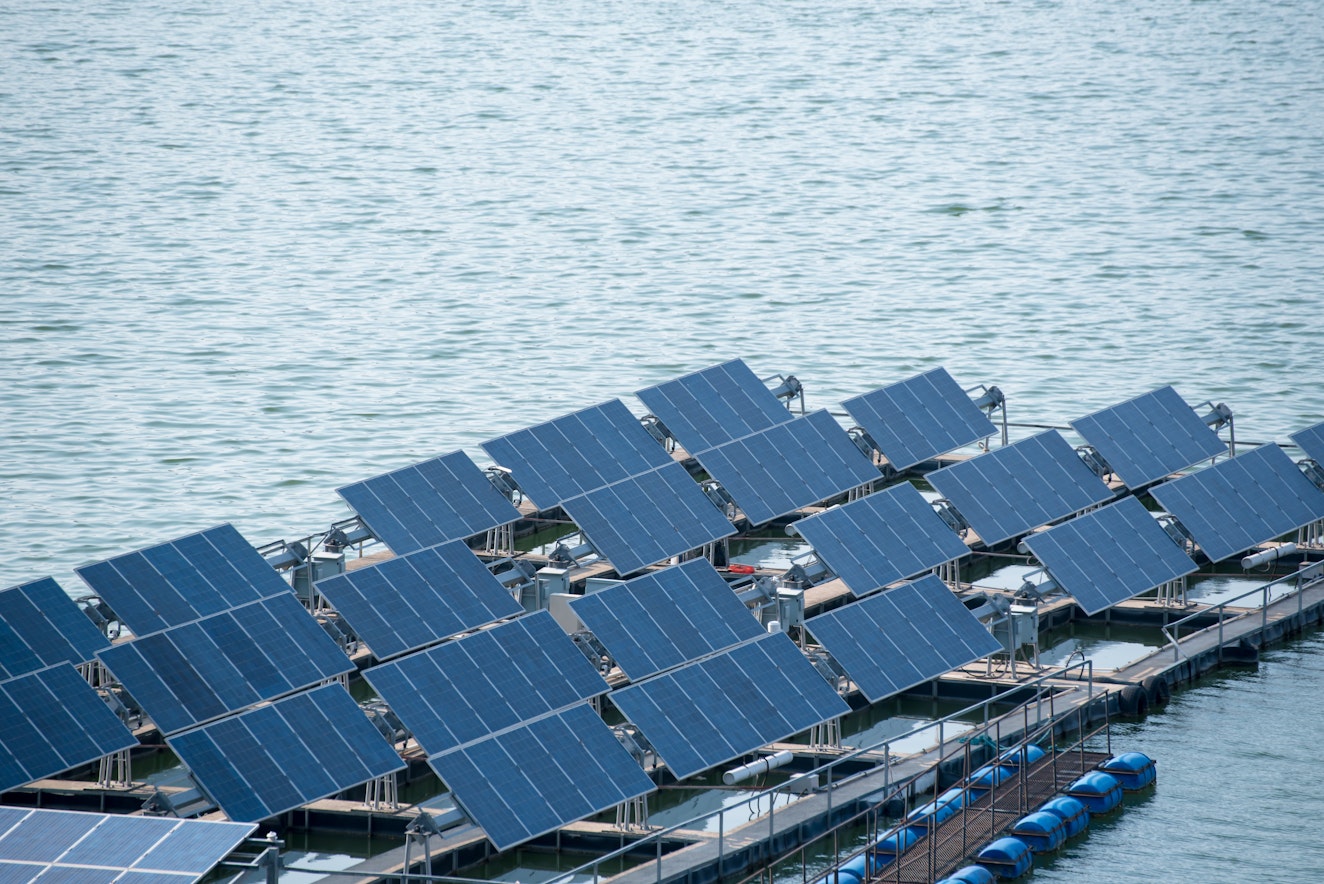
Legislation
Surveyed participants recommend tax credits, subsidies, and consistent regulations to attract investments and mitigate risks. They also advocated that governments phase out fossil fuel subsidies and incentivize hybrid and energy storage projects while setting clear renewable energy targets and improving cross-border energy connections.
Agri-PV, floating solar, offshore wind
Tax breaks and subsidies for farmers can help realize agri-PV’s potential. Designing solar panels for agricultural use and developing compatible crops can also maximize energy yield and support crop growth.
To make floating PV systems more viable, the industry must find ways to install and maintain them cheaply. The same can be done for the offshore wind sector, where high initial costs and demanding marine-environment maintenance can further increase operational costs.
To learn more about floating PV, download our free ebook about this alternative renewable.
AI, machine learning, and digitalization
New technologies are streamlining every stage of solar development, from site selection to grid management. Respondents are optimistic about using them for predictive maintenance and energy forecasting.
Notable innovations, materials, and trends
These are the innovations and developments that survey respondents are most eagerly anticipating in the next year:
Perovskite solar cells for their efficiency and cost-effectiveness.
Green hydrogen as a zero-carbon fuel to decarbonize industries.
Advanced storage solutions like solid-state and flow batteries for safer and more efficient energy storage.
Floating solar farms and bifacial panels for increased energy production without land use.
Wind energy innovations like floating turbines for expanded offshore potential.
AI, digital twin technologies, and blockchain for optimized energy systems.
These innovations are crucial as clean energy technologies play a significant role in the energy transition.
Changing climate and adverse weather
Respondents agree that the industry needs to enforce stricter codes and use better materials to withstand environmental stresses. Climate-proof site selection and long-term planning should be integrated into project development early on.
Download the 2025 Renewable Energy and Solar Research Report to unlock essential insights on the renewables industry. With expertise from our survey and data from solar simulations on RatedPower, the Report explores trends, challenges, and solar design preferences.
Changing project trends
RatedPower recorded a surge in simulations, with advanced tools increasingly used for project management. The average rated power per simulation was 340 MW in Q3 2024, with Saudi Arabia, Portugal, Australia, and Brazil showing the highest averages.
Module preferences
Bifacial solar modules now account for over 90% of simulation usage as of late 2024.That said, monofacial modules are still used in 10% to 28% of simulations in Mexico, the Philippines, India, and Italy.
Inverter preferences
String inverters are now preferred in about 60% of simulations, with Sungrow, Huawei Technologies, and SMA being the top choices. Regions like Australia, the US, India, Chile, and Mexico prefer central inverters while the UK, Spain, Portugal, Colombia, and Brazil use a mix to meet different project needs.
Structure preferences
Tracker structures accounted for about 60% of installations in Q4 2024. Nextracker leads the market, followed by TrinaTracker and Array Technologies. While fixed structures are more common in China, Germany, the UK, and Indonesia, tracker structures are favored in Australia, Brazil, Chile, Colombia, Italy, and the US.
BESS preferences
Hybrid plants with BESS represent 10% to 13% of project simulations, though this figure rises substantially to 22% to 36% in locations like Indonesia, Chile, Mexico, Australia, the US, and the UK. AC-coupled BESS configurations are overwhelmingly preferred, chosen in 62% to 88% of cases.
Download the full Report for more granular analysis and expanded insights.
Latest stories
Related posts
Technology and engineering
Innovation in renewable energy: Developments expected in 2025
We look at the 10 biggest renewable industry developments that are making a green future possible, including perovskite solar cells, green hydrogen, and more.
Updated 18 MAR, 25
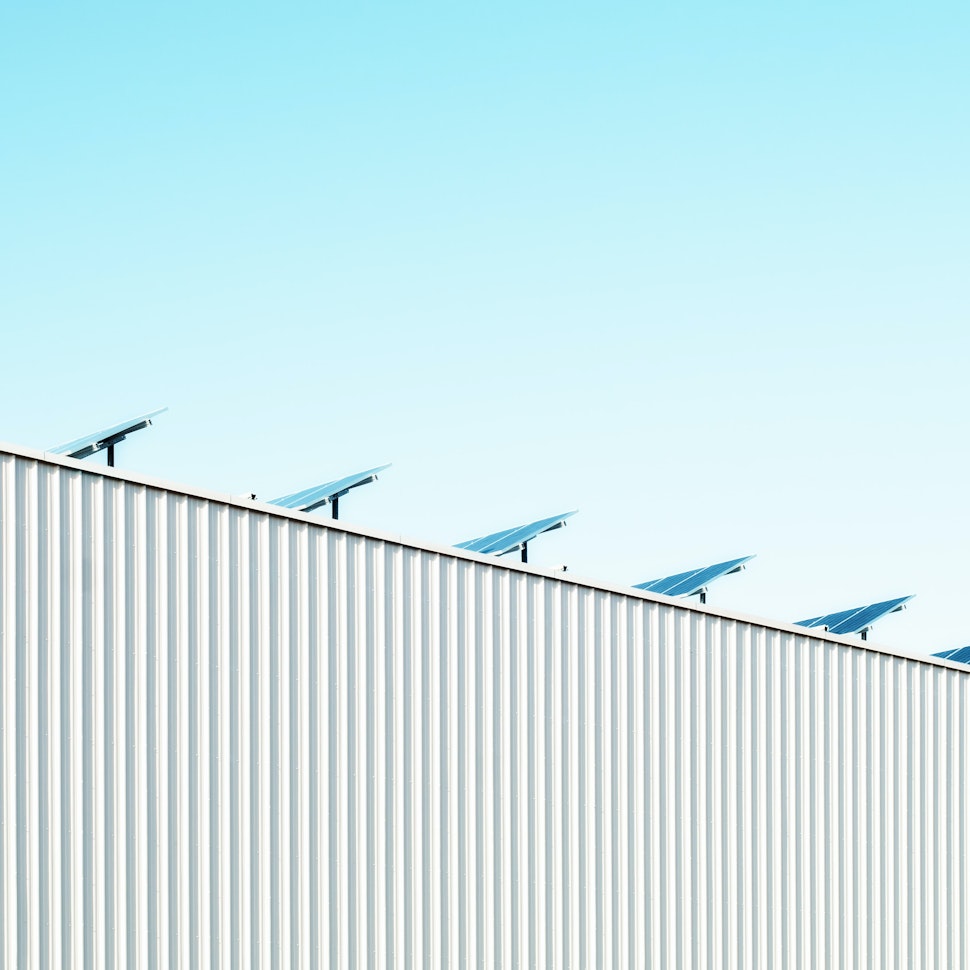
Market analysis
Breaking down solar farm costs: Free template inside
Updated 27 SEP, 21
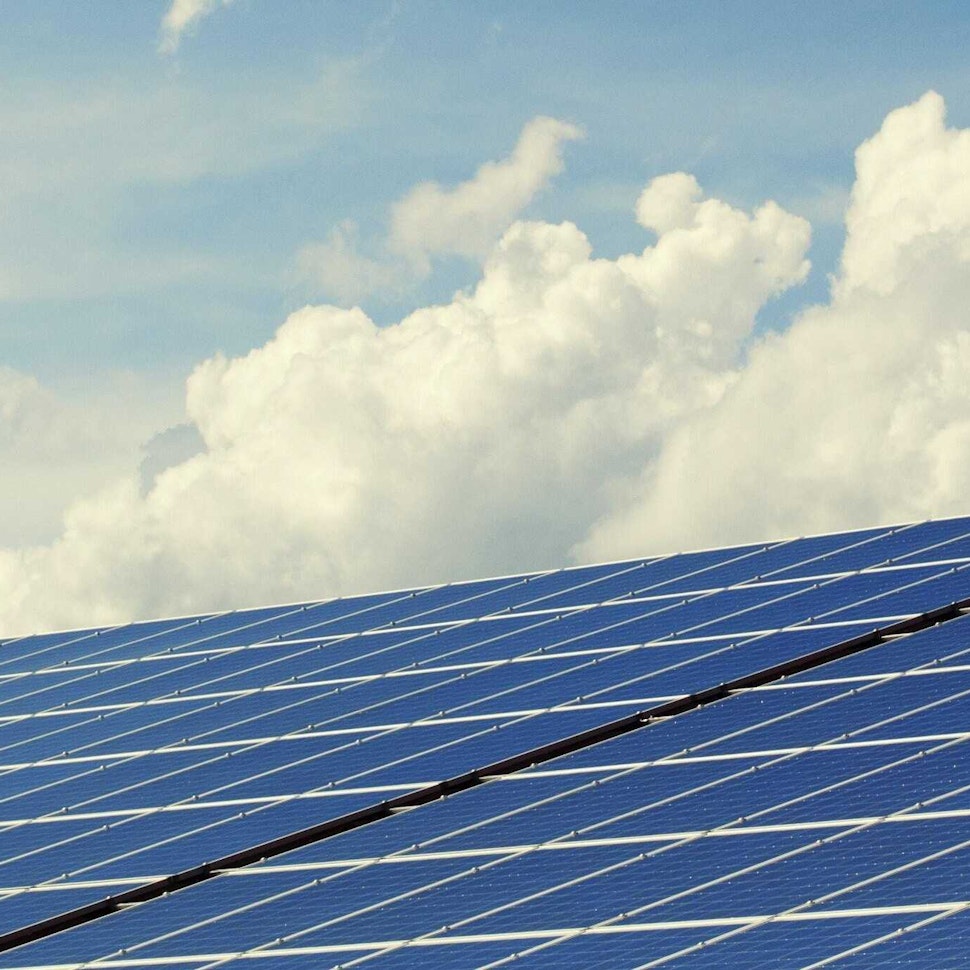
Market analysis
Solar energy in Australia: a 2021 market analysis
Updated 11 MAY, 21

- RatedPower
- Solar energy blog
- Renewable Energy Trends: A Summary of Our 2025 Solar Research Report
